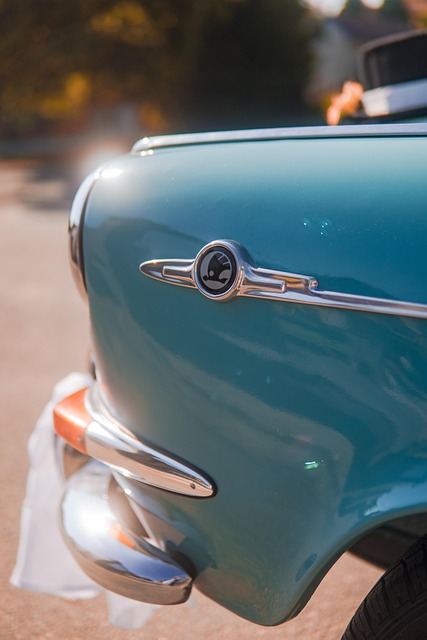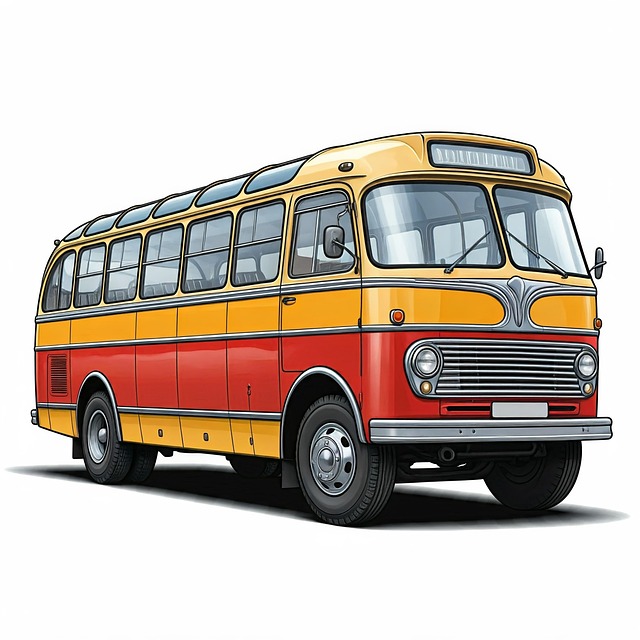When planning cross-country car transport, choose between enclosed and open carriers based on vehicle condition and climate. Enclosed transport offers maximum protection from weather and debris for delicate cars. Open transport is cost-effective but exposes vehicles to environmental factors. Pre-transport checks include mechanical, tire, fluid, and battery health verification, securing loose items, and planning regular breaks. Secure your car's safety with strategic transport choices and inspections during the journey.
Cross-country car transport can be a seamless experience with proper preparation. This article guides you through essential tips, focusing on two primary methods: Enclosed vs. Open Car Transport. We’ll explore the differences and benefits of each, ensuring your vehicle arrives safely. From pre-transport checks to journey smoothing techniques, these steps will help you navigate the road ahead. Whether choosing enclosed or open transport, stay informed for a worry-free trip across the country.
- Understanding Enclosed and Open Car Transport: A Comparison
- Pre-Transport Vehicle Preparation Essentials
- Safe Travel Tips for a Smooth Cross-Country Journey
Understanding Enclosed and Open Car Transport: A Comparison

When considering cross-country car transport, understanding the differences between enclosed and open car carriers is essential for a safe journey. Enclosed car transport involves vehicles that are fully covered, providing maximum protection from the elements and potential damage during transit. These carriers resemble large trailers or containers, ensuring your vehicle stays secure and shielded from dust, rain, snow, and other weather conditions. Open car transport, on the other hand, allows the cars to be exposed, offering minimal protection against environmental factors. This method is more common for vehicles that are already in good condition and not susceptible to weather-related damage.
The choice between enclosed and open transport depends on various factors, including the type and condition of your car, climate during transit, and budget. Enclosed transport is ideal for classic cars, luxury vehicles, or those with intricate designs that require extra care. Open transport is often a more affordable option for regular vehicles that can withstand varying weather conditions without significant risks. Understanding these differences will help you make an informed decision to ensure your car’s safety during cross-country travel.
Pre-Transport Vehicle Preparation Essentials

Before embarking on a cross-country car transport, proper preparation is key to ensuring a safe and smooth journey. One of the fundamental decisions involves choosing between enclosed and open car transport. Enclosed transport offers better protection for your vehicle, shielding it from direct exposure to the elements and potential road debris. This option is ideal for luxury or classic cars that require extra care. On the other hand, open transport is more cost-effective and suitable for vehicles that are less sensitive to environmental factors.
In addition to selecting the right transport method, several pre-transport checks are essential. Ensure your car is in good mechanical condition with a recent service history. Check tire pressure and tread depth, as well as fluid levels. Inspect the battery, lights, wipers, and belts for any signs of wear or damage. Secure loose items inside and outside the vehicle to prevent them from shifting during transit. By taking these preparatory steps, you’ll significantly reduce potential damages and ensure your car arrives safely at its destination.
Safe Travel Tips for a Smooth Cross-Country Journey

When planning a cross-country car transport, ensuring safety should be your top priority for a smooth journey. One of the most crucial decisions is choosing between enclosed and open car transport. Enclosed transport offers better protection against harsh weather conditions, road debris, and potential theft. It’s ideal for valuable or fragile items, providing an extra layer of security during transit. Open transport, while offering lower costs, exposes your vehicle to environmental factors and increases the risk of damage from loose objects on the road.
For safe travel, consider securing loose items in your car before departure. This includes everything from luggage to car accessories. Use trunk organizers and tie-down straps to keep items in place during transit. Additionally, plan regular breaks to stretch and inspect your vehicle for any signs of wear or damage. By following these simple tips, you can make the most of both enclosed and open transport options, ensuring a safer cross-country journey.
When considering cross-country car transport, understanding the differences between enclosed and open carriers is key. Both have their advantages, but enclosed transport offers enhanced protection from weather and potential damage. Before your journey, ensure your vehicle is thoroughly prepared for safe travel, addressing any maintenance needs and securing loose items. Following these tips will contribute to a smooth, stress-free cross-country drive, allowing you to focus on the open road ahead.
